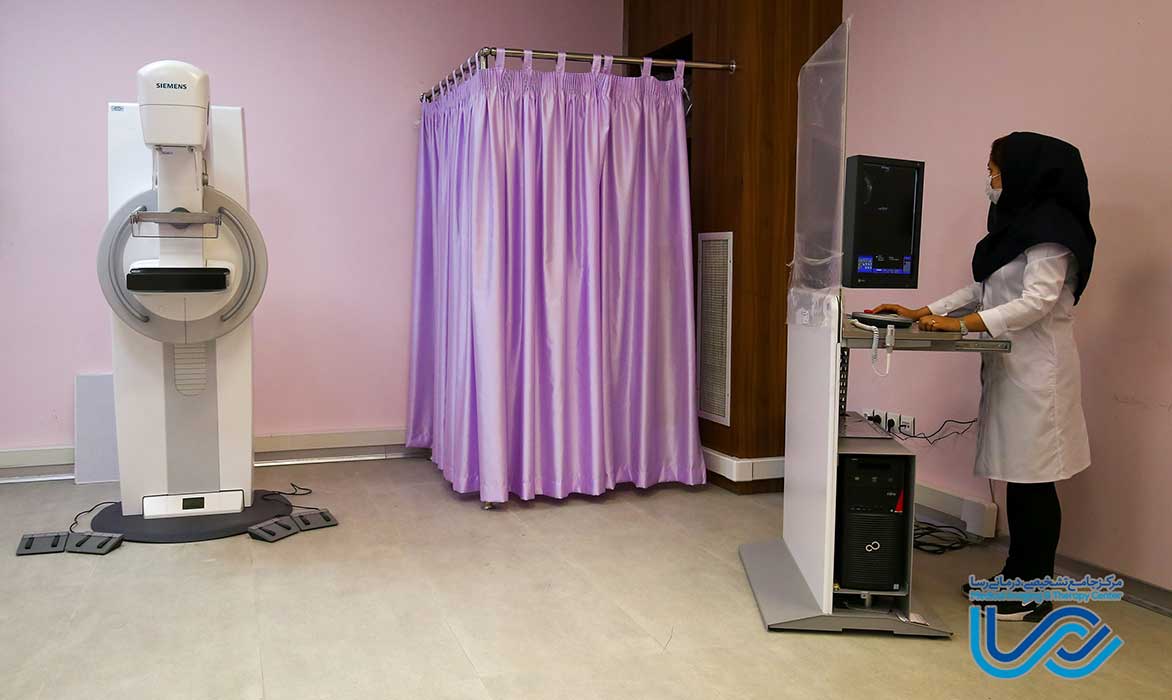

Imaging department
The imaging department includes CT scan, mammography, ultrasound, MRI, bone density, and OPG.
The field of medical imaging includes various techniques and methods, each of which is specifically used to diagnose and evaluate different conditions in the body. Below, we will briefly review each of these methods:
CT Scan
A CT scan, or computed tomography, is a procedure that uses X-rays to create detailed cross-sectional images of the body. These images help doctors better identify abnormalities and problems inside the body. CT scans are especially useful in diagnosing tumors, infections, bleeding, and injuries from accidents.
Mammography
Mammography is an X-ray imaging procedure used to examine breast tissue. It is commonly used for early detection of breast cancer and other breast abnormalities. Mammography can detect small lumps and structural changes in breast tissue.
Ultrasound
Ultrasound is a noninvasive procedure that uses high-frequency sound waves to produce images of the inside of the body. It is useful for checking the condition of the fetus during pregnancy, diagnosing heart problems, examining soft tissues such as the liver and kidneys, and diagnosing problems with glands and blood vessels.
MRI
Magnetic resonance imaging (MRI) is a procedure that uses strong magnetic fields and radio waves to produce detailed, high-resolution images of the body’s internal tissues and organs. MRI is particularly effective for examining the brain, spinal cord, joints, and soft tissues of the body. It provides detailed information about the inside of the body without the use of X-rays.
Bone Density
A bone density test, or DEXA, is a non-invasive method used to measure the density and strength of bones. This test is particularly useful for diagnosing and preventing bone diseases such as osteoporosis. Bone density uses low-dose radiation to provide accurate information about bone health.
OPG (Orthopantomogram)
OPG is a type of X-ray that takes panoramic images of the upper and lower jaw. It is commonly used in dentistry to assess the condition of the teeth, gums, and jaw. OPG helps diagnose dental problems, cysts, tumors, and jaw injuries.
Conclusion
Medical imaging, using advanced technologies, plays a very important role in the diagnosis and treatment of diseases. Each of the methods mentioned, according to its specific characteristics and applications, helps to improve the quality of medical care and increase the accuracy of disease diagnosis. With scientific and technological advances, these methods continue to be developed and improved in order to help patients in the best possible way.


